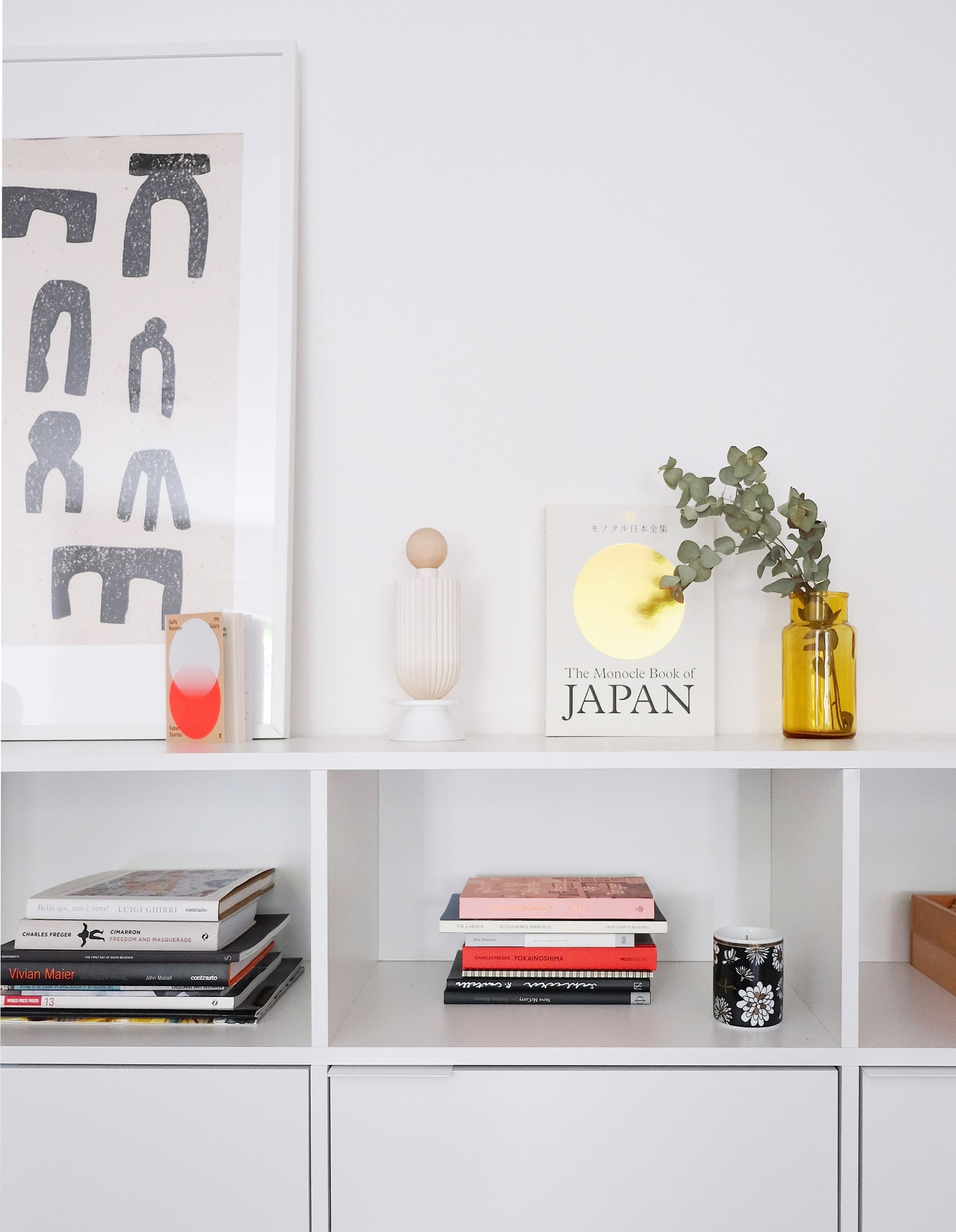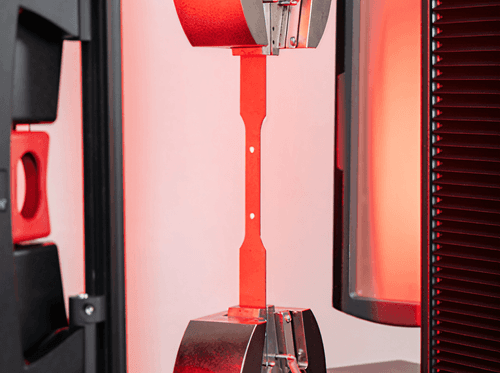On your social media channel, you actively promote brands with a strong environmental and social focus. What is your process for selecting which brands or initiatives to feature?
Having worked for over 15 years in the fashion industry—starting my career in some of Europe’s leading textile companies—I have gained extensive experience across a significant portion of the supply chain, with a deep understanding of the issues and challenges these industries face.
This background has enabled me to identify and support brands that are actively reshaping how fashion is conceived, designed, and experienced. I am familiar with the struggles they encounter and the obstacles they have overcome. I am fortunate to maintain direct connections with many of these brands, often including their manufacturers, which allows me to analyze their processes with ease.
Since sustainability is such a complex concept, I don’t see it as a simple checklist but rather as a set of criteria that demonstrates a brand’s deep commitment to responsible practices.
Additionally, through my work as a mentor in accelerator programs, I have encountered many fascinating ideas over the years and witnessed them evolve into remarkable brands.

What trends or emerging themes do you notice across the brands you feature, and how do you see these influencing the future of fashion design?
To start with, I have definitely noticed a significant commitment to reducing production volumes. Pre-ordering was not a common practice when I first began focusing on these topics back in 2008. Today, however, it has not only become widely accepted but is embraced by brands with pride as a way to avoid waste. Many young designers have developed compelling storytelling around this approach, engaging their followers on social media and closely explaining their commitment to producing only what is needed. It has almost become an educational process.
Customers now value these visions and are willing to wait—even a few weeks—for garments produced on demand.
Effective waste management is another remarkable trend, closely tied to the upcycling and deadstock movement we are witnessing among brands.
Embracing what is already available rather than always seeking novelty, and rethinking waste as a valuable resource that shapes a brand’s identity, is undoubtedly becoming more prevalent every day.

As someone who mentors emerging startups and works with established brands, how do you evaluate the level of transparency and traceability in the brands you feature on your platform?
To begin with, it’s important to say that there’s no such thing as a truly “sustainable” brand. According to the British Fashion Council, we already have enough clothing to dress the next six generations of the human race. Therefore, the most sustainable choice would actually be to stop producing anything new altogether.
That said, we do need profound changes in the fashion system. To achieve this, brands must explore new approaches to production and design. This is why I prefer to use the term “responsible” instead. To me, responsibility means accepting accountability for what you bring to the market, without hiding behind the empty greenwashing claims we’re all so tired of.
A key starting point is transparency: openly sharing every step of the supply chain in a way that is accessible and honest. This includes providing data, certifications, and audit results, but also being upfront about areas for improvement and acknowledging what went wrong during the process. Building trust requires consistency and honesty over time.
However, it’s much more complex than that. Responsibility must be embedded in the business model itself, and there are countless ways to achieve this.
Additionally, social sustainability is just as important as environmental sustainability. That’s why I ensure that the brands I work with are equally committed to addressing social aspects.

How do you think smaller, emerging brands can use social media to communicate their sustainability efforts effectively? What tips would you give them for standing out in a crowded market?
Based on my experience, I’ve noticed that smaller and mid-sized brands often have much more freedom when it comes to commitment, innovation, and—consequently—communication.
Many of these brands are founded with environmental and social responsibility embedded in their DNA from the very beginning, making it natural for them to convey their efforts authentically. In contrast, shifting the approach for a large corporation is much harder and requires a systemic vision.
Smaller businesses often rely on innovative and disruptive ideas to make the most of limited communication budgets. This necessity fosters creativity and originality in their messaging.
My advice is to prioritize honesty and transparency. Perfection doesn’t exist, and sustainability is a long, ever-evolving journey. Additionally, good market research is crucial for identifying the right target audience and communicating effectively, all while maintaining a unique perspective.

As a consultant and educator, do you feel there is a responsibility to raise awareness on specific issues like circular design or the environmental impact of textiles through your Instagram account?
I started sharing my research on social media quite a few years ago because I felt the need to, first and foremost, build a network. No one around me was raising the same issues, and I have to admit that, at first, it felt lonely and frustrating.
I was deeply passionate about the possibility of transforming such a complex industry through innovation and creativity. At the same time, I noticed that the first brands genuinely committed to building something meaningful and new were struggling to reach a wider audience.
I began by sharing glimpses behind the scenes of my work as a researcher and consultant and noticed a growing interest year after year. However, people still found it challenging to discover alternatives that were both responsibly made and aesthetically compelling.
That’s when I started curating and showcasing options: selecting, editing, and sharing stories behind the brands. My goal was to bridge the gap between consumers and manufacturing processes, making it easier to understand and connect with the work that goes into responsible fashion.
I believe in a positive, encouraging approach. I’ve always admired the “nudging theory” introduced by Professor Richard Thaler in 2008—gentle pushes that inspire people to make better choices without feeling judged or losing their sense of freedom.
This is what I strive to do every day.

How do you think social media, especially Instagram, has impacted the shift towards more sustainable consumption, and what role do you think it will play in the future of sustainable design?
In my opinion, social media has played a pivotal role in shaping the fashion industry. First, it has allowed all kinds of brands—especially niche and independent ones—to reach a wider audience. When a brand has a groundbreaking idea and communicates it effectively, it can spread quickly and create real impact.
Second, social media has helped transform the perception of sustainable fashion. Thanks to advocates, activists, and designers from diverse backgrounds, the conversation around responsible fashion has become more dynamic and inclusive.
Lastly, and perhaps most importantly, social media is reconnecting people with the stories behind the clothes they wear. It provides insight into manufacturing processes and, in some cases, even introduces consumers to the artisans and suppliers involved in production.
I see this as a significant win for the industry. It has the potential to shape a new approach to fashion in the future. When you fall in love with the story behind what you wear—the journey, the craftsmanship, the fibers, and the people involved—it completely transforms your attitude toward those garments. It becomes a story of knowledge, respect, and an appreciation for the intricate processes that span many hands, techniques, and places.








